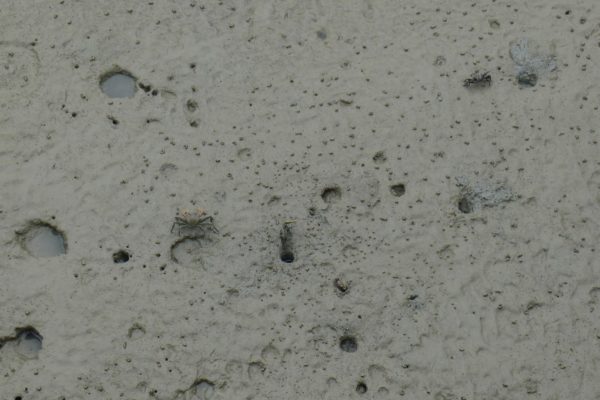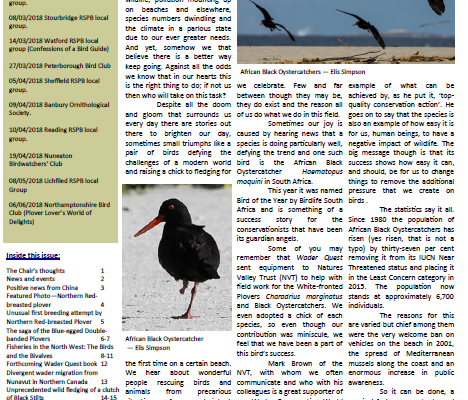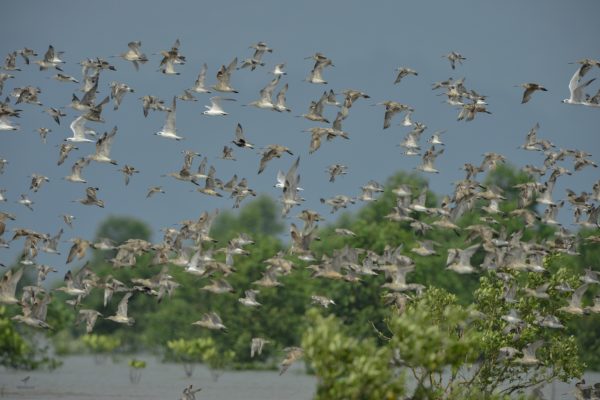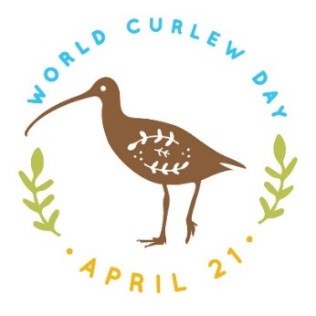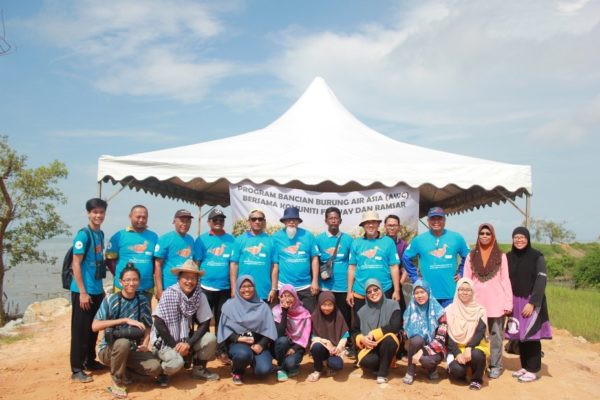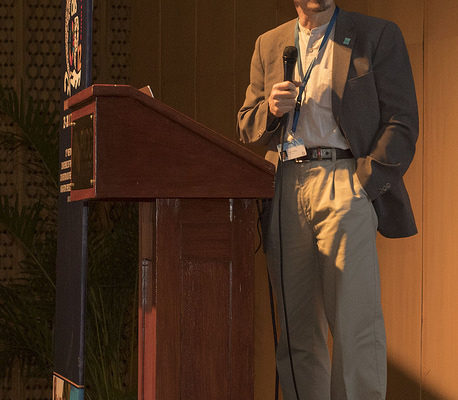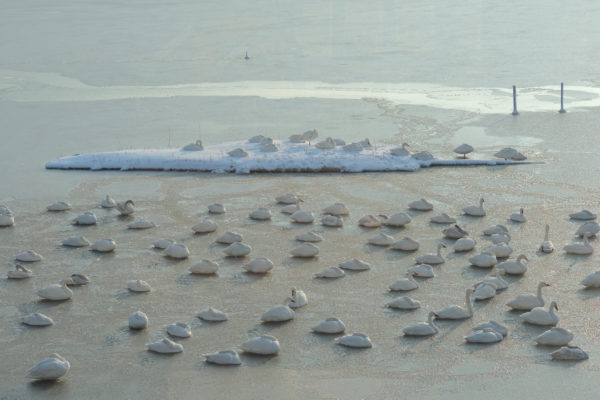-
New initiative in the ASEAN, the heart of the EAAF
How Choon Beng, Sungei Buloh Wetland Reserve Shorebirds in Bako Buntal Bay [EAAF 112] © Eugene Cheah The ASEAN region lies at the heart of the East - Asian Australasian Flyway and the cooperation of the member states is critical for the conservation of wetlands and migratory waterbirds. The ASEAN Working Group on Nature Conservation and Biodiversity has endorsed the establishment of an ASEAN Network on Wetlands and Migratory Waterbirds Conservation. The objectives of this network are to help improve knowledge, increase capacity and enhance communication on wetlands and migratory birds in the ASEAN member states. This is in line with the EAAFP Southeast Asia network that was approved at the Ninth Meeting of Partners of the East Asian - Australasian Flyway Partnership in early 2017. The network will partner closely with the Secretariat of the EAAFP to achieve these objectives, with Singapore as the country lead for this network, and supported by the ASEAN Centre for Biodiversity. The Japan-ASEAN Integration Fund (JAIF) has stepped forward to support the network in a 2 year project to survey and improve management of sites of importance for migratory waterbirds within the region.
Continue reading -
WORLD CURLEW DAY – APRIL 21
World Curlew Day Logo There are eight species of curlew worldwide and two are assumed extinct. The Eskimo and the Slender-Billed have not been seen for decades. Out of the remaining six species, three - the Eurasian, the Bristle-thighed and the Far Eastern - are at risk of extinction according to the IUCN Red list of Threatened Species. It is no exaggeration to say that many parts of the earth will lose curlews over the next few decades. Curlews are iconic birds of wild, wet, evocative places – estuaries, mountain slopes, moorland, meadowland and coast. They have inspired poets, artists, musicians and writers for generations. They have given us so much, yet we are allowing them to slip away as we change their habitats and fail to protect them from predation, disturbance and in some places, hunting. April 21 is designated as World Curlew Day. It is a grass-roots initiative, supported by major environmental organisations, to raise awareness of the plight of curlews and to encourage activities to help them. Please organise an event on April 21 and post it on the Twitter: @WCDApril21 or World Curlew Day Facebook page: https://www.facebook.com/WCDApril21/ Ideas: Hold a talk, organise a curlew walk, have a curlew coffee morning, hold a curlew-themed art show, create a curlew song or dance, hold a curlew-themed poetry evening, draw a curlew picture, have a Curlew Day at a local school, hold a ‘curlew conversation’ and record people’s memories of when curlew were common… Any monies raised can go towards local or national curlew projects. Thank you for supporting World Curlew Day. Collaborators Protection in Place for Curlew: For a summary of issues affecting all curlew species please see For information on the Hudsonian Whimbrel For the Long Billed Curlew For the Eurasian curlew For the Far Eastern Curlew
Continue reading -
EAAFP Secretariat Welcomes New Chief Executive
Mr. Peter J. Probasco, Chair East Asian – Australasian Flyway Partnership (EAAFP)
Continue reading

